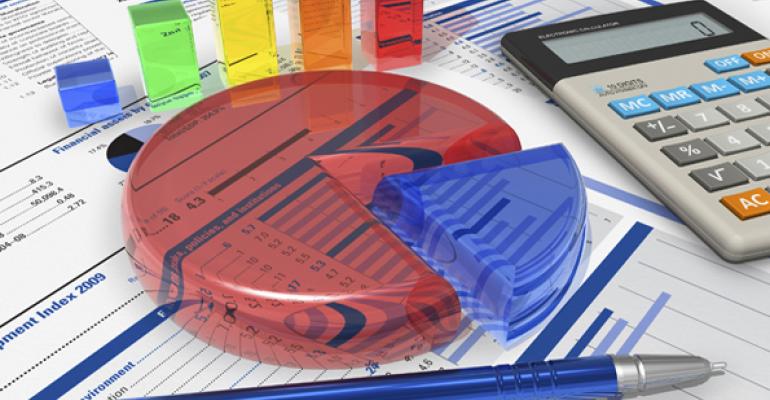 2012 was the first year that had active changes from one Special Servicer to another due to the large amount of losses being passed through to the bond holders. The lowest rated bond holder at any given time in a CMBS pool has CONTROL over the ultimate resolution on a defaulted loan as well as who the Special Servicer is! They are affectionately referred to as the “CCR (controlling class representative).”
2012 was the first year that had active changes from one Special Servicer to another due to the large amount of losses being passed through to the bond holders. The lowest rated bond holder at any given time in a CMBS pool has CONTROL over the ultimate resolution on a defaulted loan as well as who the Special Servicer is! They are affectionately referred to as the “CCR (controlling class representative).”
So, at the origination of the CMBS pool, you have bonds that range from AAA (with low risk and low returns) to UNRATED or junk bonds (with high risk of loss and consequently, high returns). As losses occur on the pool, they are ‘passed through’ the lowest rated bonds first until that class of bonds has no value and then they start getting passed through the next rating of bonds and so forth. Believe it or not, there are some pools today that have losses hitting the A rated bonds (at least they were A rated bonds at the time of securitization)! Since the losses hit the lowest rated bonds holders first, they get CONTROL over decisions that are made to a defaulted loan, including who the Special Servicer is.
Since they get to select the Special Servicer, most of them were the Special Servicer at the time the CMBS pool was structured in the beginning. Due to the large amount of losses hitting the pools, many CCRs/Special Servicers are being replaced by new CCRs and new Special Servicers. Sometimes the new Special Servicer is only in control for 30 – 60 days, and then they get replaced again as the losses are passing through the pool.
This phenomena in the CMBS industry has caused tremendous disruption to borrowers that are in the midst of modifying their loan and it is likely that these changes will be more frequent and fervent in 2013!


